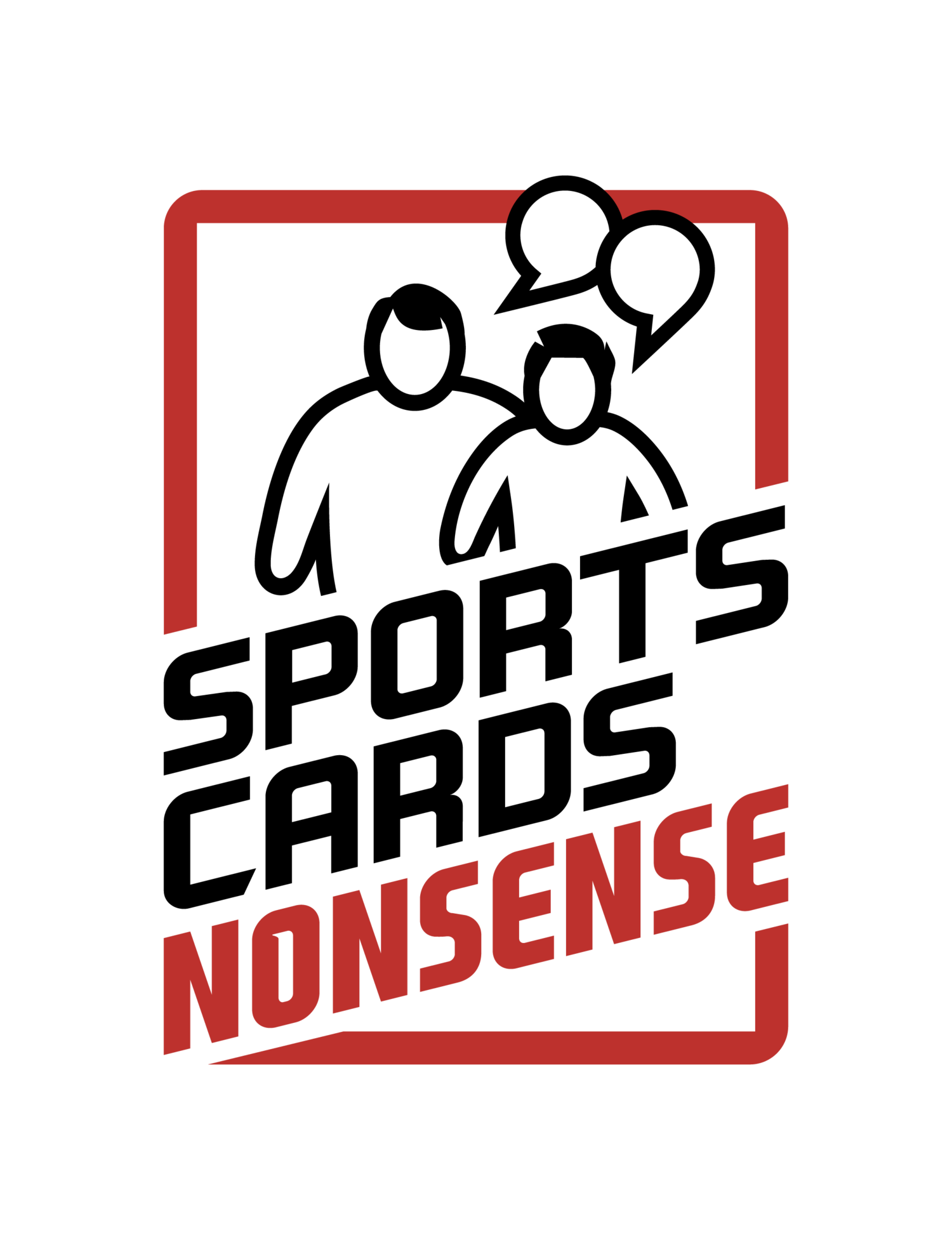In Search of a Running Back
The demise of the running back position in the NFL is a common topic on the talking head shows. Worse though, is the plight of the running back in the hobby. I was going to defend the position in the hobby recently when I saw someone post the “never buy running backs” mantra. I’m normally opposed to such hard-and-fast rules and the contrarian in me immediately began looking for examples of running backs that were great buys. The thing is, I drew a blank. I asked myself if there is any active running back whose cards will be more valuable in five years beyond simple inflation. I’m still asking it and used my column this week to try to get an answer.
The Youngsters
When looking for potential breakout guys in the hobby, most people focus on the youngsters. That’s a good impulse, but part of me worries that the way that running backs are used will make it difficult for a back to get hobby attention. It is certainly true that backs aren’t as central to NFL teams, but one only has to go back to 2021 and Jonathan Taylor to find a back as dominant and important to his team as any 1990s back.
The youngsters have another advantage in that the card market has soured on running backs so much that their cards are cheap. Take Bijan Robinson for example. His Silver Prizm RC can be found for around $10. It’s not hard to see a world where that jumps to $20. Unlike quarterbacks that are vastly overvalued, the running backs are almost criminally underpriced. This sets the bar incredibly low for improvement.
Even though running back rookie cards aren’t priced too high, it will still take dominant performances like Taylor’s to move the needle in the card world. Throw in the way teams treat running backs as disposable and I’m not confident any of the youngsters will see their cards gain value after five years though. While I don’t see any backs that jump out as sure things, I do like the idea of just betting the field and saying one of these guys will hit big.
The Vets
Rookies may be the logical place to look for potential hobby winners; however, there are some vets that might have a good chance to see some gains. Derrick Henry is headed to the HOF and is the most likely to at least be at the same value in five years. I do worry that he’ll see a drop in prices if he sticks around as a role player. Poor production on the field can hurt prices even for players bound for the HOF and the tail end of a career in the NFL often comes with a price drop.
Christian McAffrey is the other vet I can see gaining in price. He needs at least one more season like last year to claim his spot as a hobby stalwart. The injury years give him a tough road to make the HOF, but he can get there if he plays like last year again. I think it takes more than that to keep his card values up for five years though. He’ll need sustained greatness and a Super Bowl win wouldn’t hurt either. He’s got a path to be the back that gains value, but it is a very narrow path he must tread.
Why Not All of Them?
The other possibility is that most running back cards go up due to increases or changes in the overall market. That’s certainly possible and I’m optimistic we’ll see growth once Fanatics fully takes over and can coordinate a cohesive strategy. That said, I could see the current crop of running backs getting left out of the fun if the increases only occur for new products and the top tier of quarterbacks.
Some smart people I know think that Fanatics will improve the standing of running backs and other non-quarterbacks in the hobby as part of their overall market strategy. Lots of non-quarterbacks are found on the list of bestselling jerseys and it makes sense that Fanatics would want to convert the fans buying jerseys of other positions to card buyers.
I’m not sold on this idea though. First, I think changing consumer preferences in the card world is a very difficult task that one can’t simply assume Fanatics can do magic. Second, Fanatics hasn’t really taken a similar approach with baseball and increasing the visibility of pitchers or catchers in the hobby. Finally, new collectors are fully capable of looking at card prices and figuring out how running backs relate to quarterbacks in terms of price. It is a quick and easy lesson to learn.
Wrap Up
I’m optimistic that at least one back will have their cards cost more in five years than they do today. I’m a bit iffy about it. I’m not iffy about my thoughts on the position. Even with a glimmer of an upside, the odds are that all but one or two of these guys will see major drops in prices and have their cards be more affordable in 2029. I’ll snag some running back cards, but only because I like the player. The “never buy running backs” mantra that I was set to mock might not be as bad as I thought. Next Week: Super Early Baseball Overreactions!

